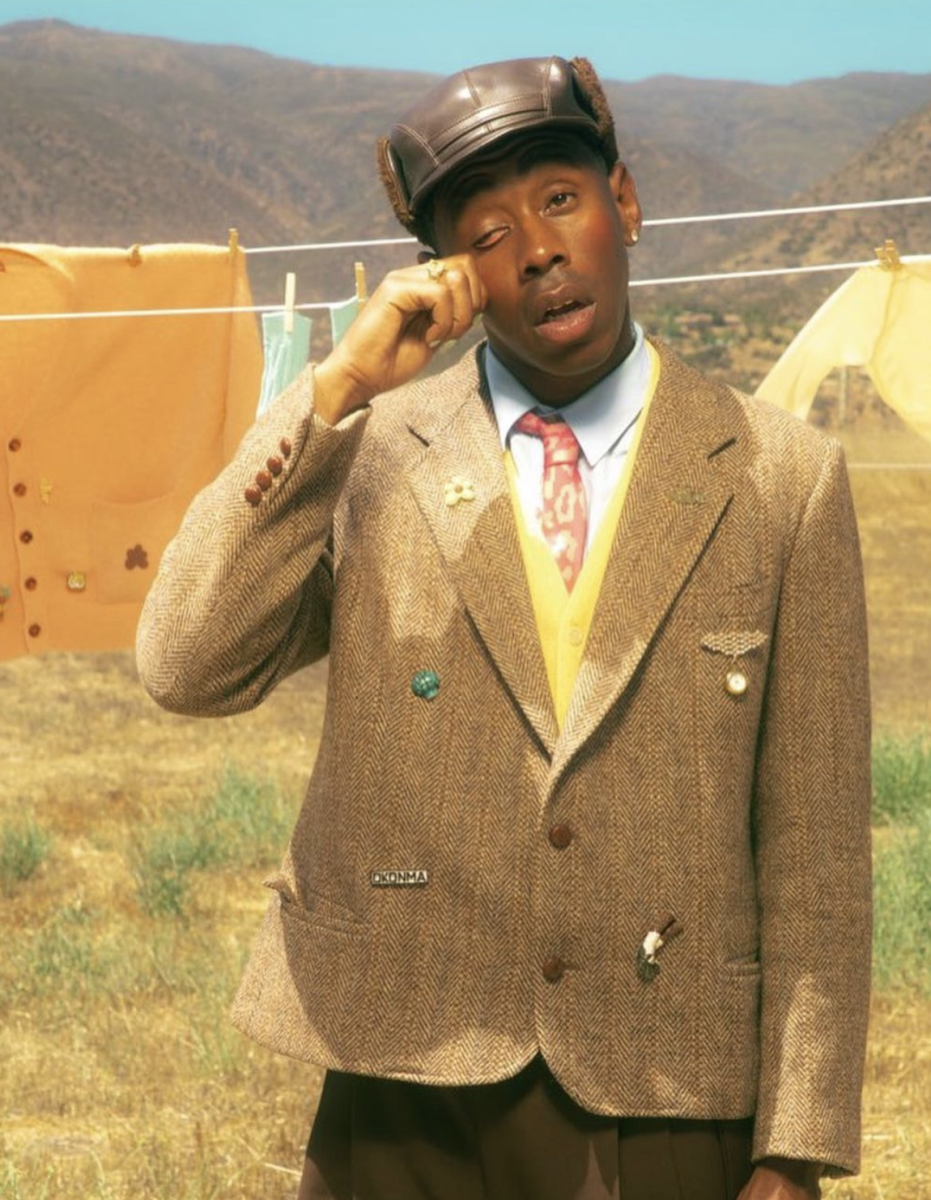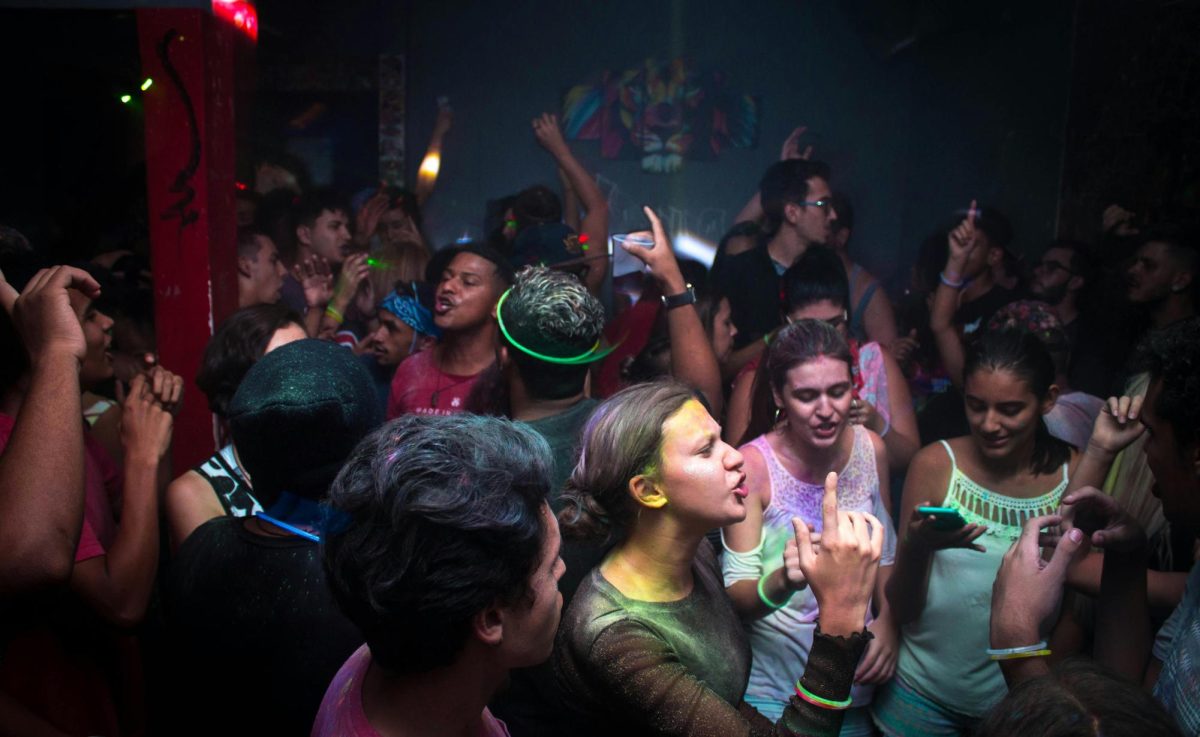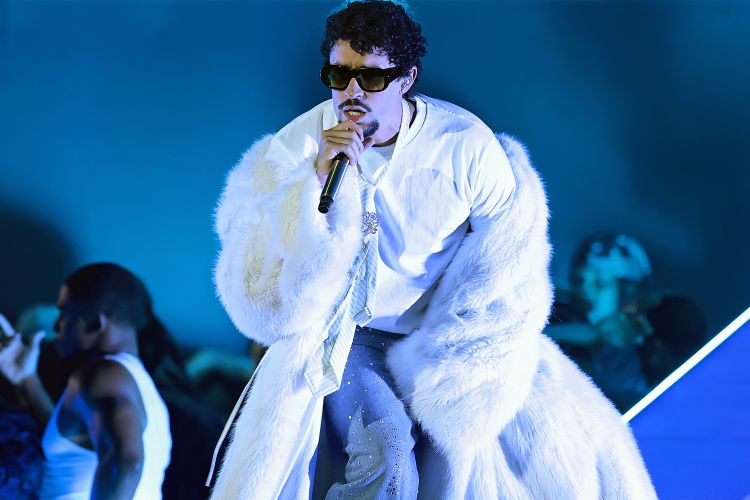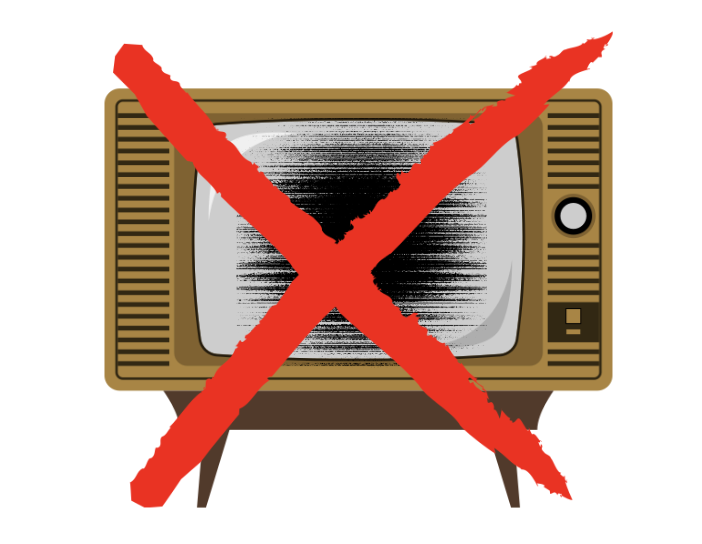In the 1970s, African-American and Latinx communities in the South Bronx began to express themselves culturally through rap and hip-hop. Breakbeats and turntables were first used by musicians such as Grandmaster Flash and Afrika Bambaataa, who had their roots in DJ culture and block parties. With the help of innovators like Run-D.M.C. and Public Enemy, as well as subsequent musicians like Tupac Shakur and The Notorious B.I.G., the genre rapidly gained popularity and developed into a worldwide cultural phenomenon. Rap and hip-hop are still major genres in the music business today, impacting global popular culture.
Forbes declared in 2017 that rap has surpassed rock as the most streamed genre in the U.S. now only six years later, it appears worn out. Rap’s overall market share has decreased, according to Yahoo Finance, having peaked in 2021 and has now declined for the past two years. As someone who was in high school in 2017, I have noticed the gradual shift the public has done in regards to rap in the past six years. Most members of Gen Z, particularly those who were in middle or high school during the 2015-2019 era remember the golden age of rap very well, and even grew up on it. Many blame this shift on the long-lasting effects of COVID-19 and TikTok.
While there are many reasons for the decline in rap’s popularity, one of the biggest reasons happens to be the way the genre and culture presents itself. Young talent is hard to come by in this genre. A few celebrities in their early 20s, including Baby Keem and Lil Tecca, are attempting to have the same kind of impact on the genre as their elders had while trying to connect with their generation. However, because the amount of new talent is so scarce, their music does not reach the same magnitude as it would have six years ago.
Numerous rappers, including Young Thug, 21 Savage, Drake, J Cole, Tyler the Creator, Kendrick Lamar, Ye, Andre 3000 and Lil Wayne, are well into their careers—some have even been doing this for decades. They are experimenting with music instead of feeling the same need or desire to soar to the top of the charts as they might have in the past.
This also raises the issue of commercialization. It’s possible that rap’s rise to popularity was more of a curse than a benefit. Going back to the beginning of the genre, you’ll notice that rap gained a specialized following by providing a voice to those who were previously thought to be silent. Rap, in its purest form, is a testimony to the lives and experiences that it seeks to highlight via the hardships and injustices that are frequently the subject of its lyrics.
The song “Illmatic” by Nas, released in 1994, is a prime example of this narrative technique. Nas is also credited with contributing to the ultimate commercialization of rap music. Many other musicians, like Eminem, realized the profitability that came with becoming mainstream when rap became popular in the mid-1990s, owing to groups like N.W.A. and The Notorious B.I.G. Even Jay-Z, who went on to become the first rapper to become a billionaire. This opened the door for musicians like Drake, who is still very well-known for fusing pop and rap music.
Regretfully, we’ve now ended up with “Munch,” as other record labels have attempted to replicate the success of this new wave of clout-chasing hip-hop. It’s begun to focus more on the status that came along with it than the music. The music business imitates what the public wants, and at the moment, that is trap music with a strong emphasis on production and beats rather than the storytelling and lyrical that used to enthrall audiences.
It is a depressing sight to witness the music reduced to a competition to become the next 15-second sound used for TikTok, as someone who has listened to the genre since middle school and discovered my voice alongside it. However, this is now compelling artists to use creativity in their work. Some have even ventured into completely new genres of experimentation, such as Lil Yachty’s investigation into the alternative scene.
In light of this evolution, I believe rap will eventually grow and meld with other genres like pop and indie. Artists hoping to stay in the music business for a few more years need to discover ways to advance and change their music so that it is more appealing to streaming services. For instance, Mac Miller’s two last albums, “Swimming” and “Circles,” broke with the conventions of rap music. Even if the musicians I know and adore are either getting older or have passed away, I can still value the direction they’ve led the genre in and their contribution to getting it in front of those who might not have otherwise given it a chance.







